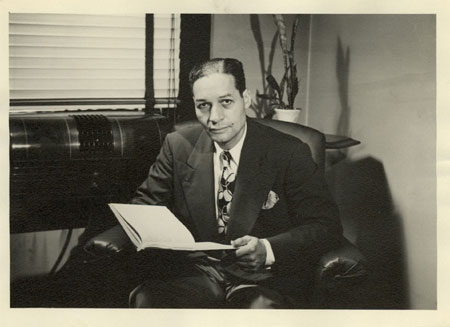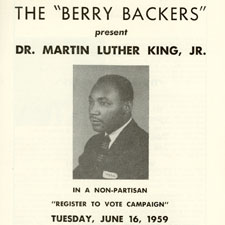By: Kevin Grace
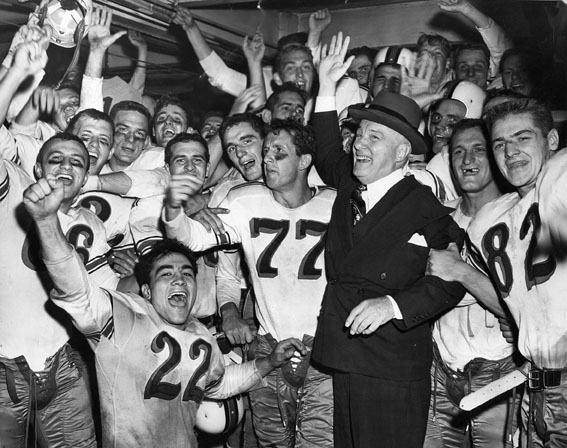 In 2019, the University of Cincinnati will celebrate its 200th birthday, and for the past two years the UC Bicentennial Commission has undertaken a number of initiatives to celebrate and commemorate this momentous event. One aspect of the bicentennial endeavors is directed by the Spirit of History Committee. Chaired by longtime UC benefactor and former member of the Board of Trustees, Buck Niehoff, the committee’s plans are for two complementary publications.
In 2019, the University of Cincinnati will celebrate its 200th birthday, and for the past two years the UC Bicentennial Commission has undertaken a number of initiatives to celebrate and commemorate this momentous event. One aspect of the bicentennial endeavors is directed by the Spirit of History Committee. Chaired by longtime UC benefactor and former member of the Board of Trustees, Buck Niehoff, the committee’s plans are for two complementary publications.
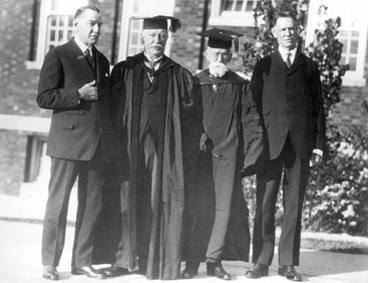 The first publication is a scholarly history of the university by David Stradling, professor of history. Dr. Stradling will focus on UC’s relationship to the city of Cincinnati throughout its history. The second volume, edited by Greg Hand, will be a collection of diverse essays that begin with a facet of University of Cincinnati history and expand it to where it has relevance and meaning to any reader, not just those who are connected to UC in some way. To that end, Hand is soliciting ideas for essays and invites anyone to submit a proposal by linking to this web page: http://www.uc.edu/content/dam/uc/Bicentennial/docs/6034-Spirit-of-History-Essay-form.pdf. The form provides details on the style the essays will take. It can also be printed out and mailed to potential authors. Continue reading
The first publication is a scholarly history of the university by David Stradling, professor of history. Dr. Stradling will focus on UC’s relationship to the city of Cincinnati throughout its history. The second volume, edited by Greg Hand, will be a collection of diverse essays that begin with a facet of University of Cincinnati history and expand it to where it has relevance and meaning to any reader, not just those who are connected to UC in some way. To that end, Hand is soliciting ideas for essays and invites anyone to submit a proposal by linking to this web page: http://www.uc.edu/content/dam/uc/Bicentennial/docs/6034-Spirit-of-History-Essay-form.pdf. The form provides details on the style the essays will take. It can also be printed out and mailed to potential authors. Continue reading

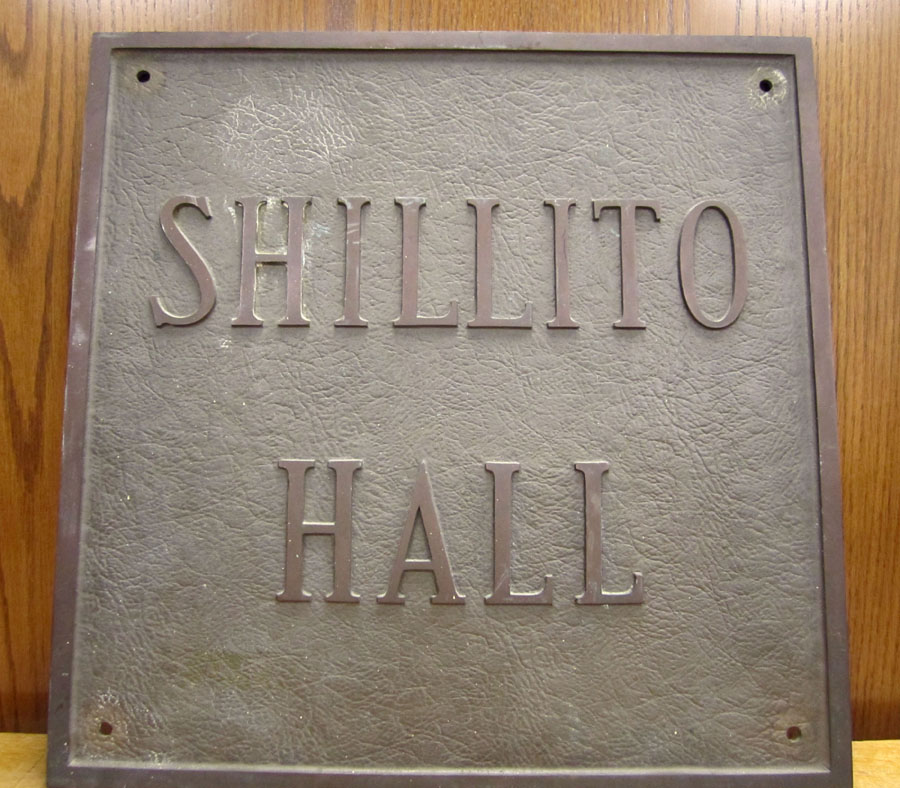
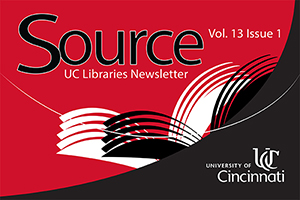
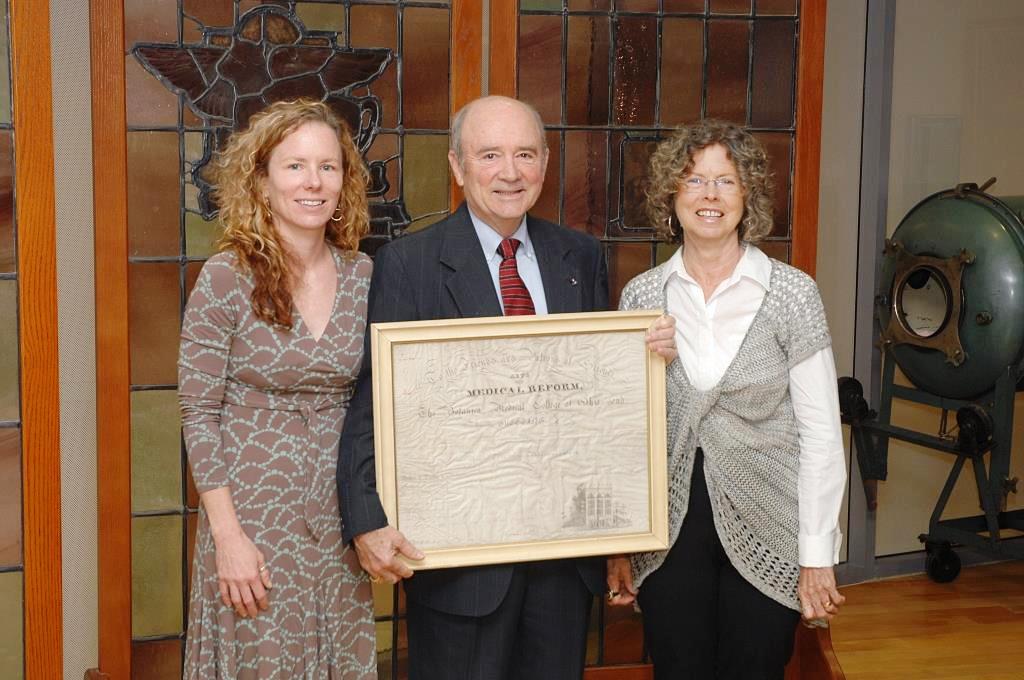
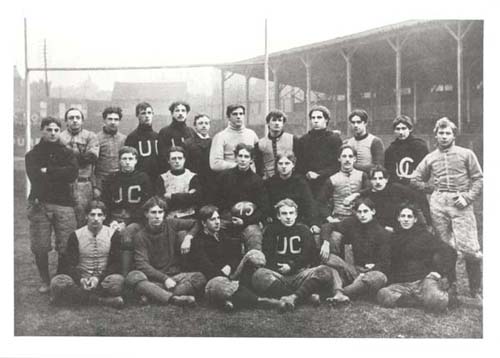
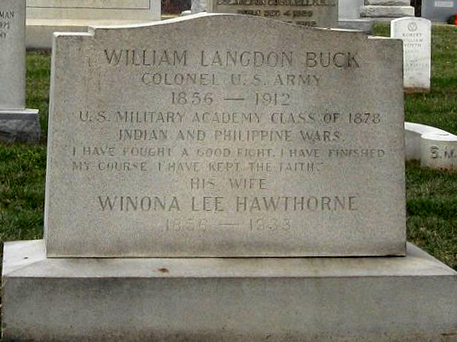
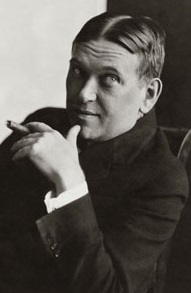
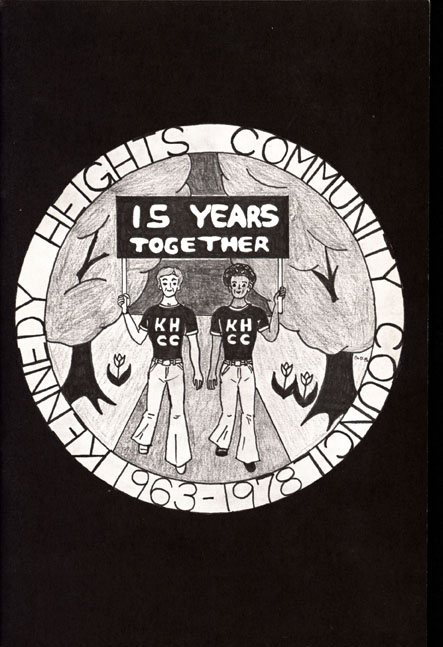
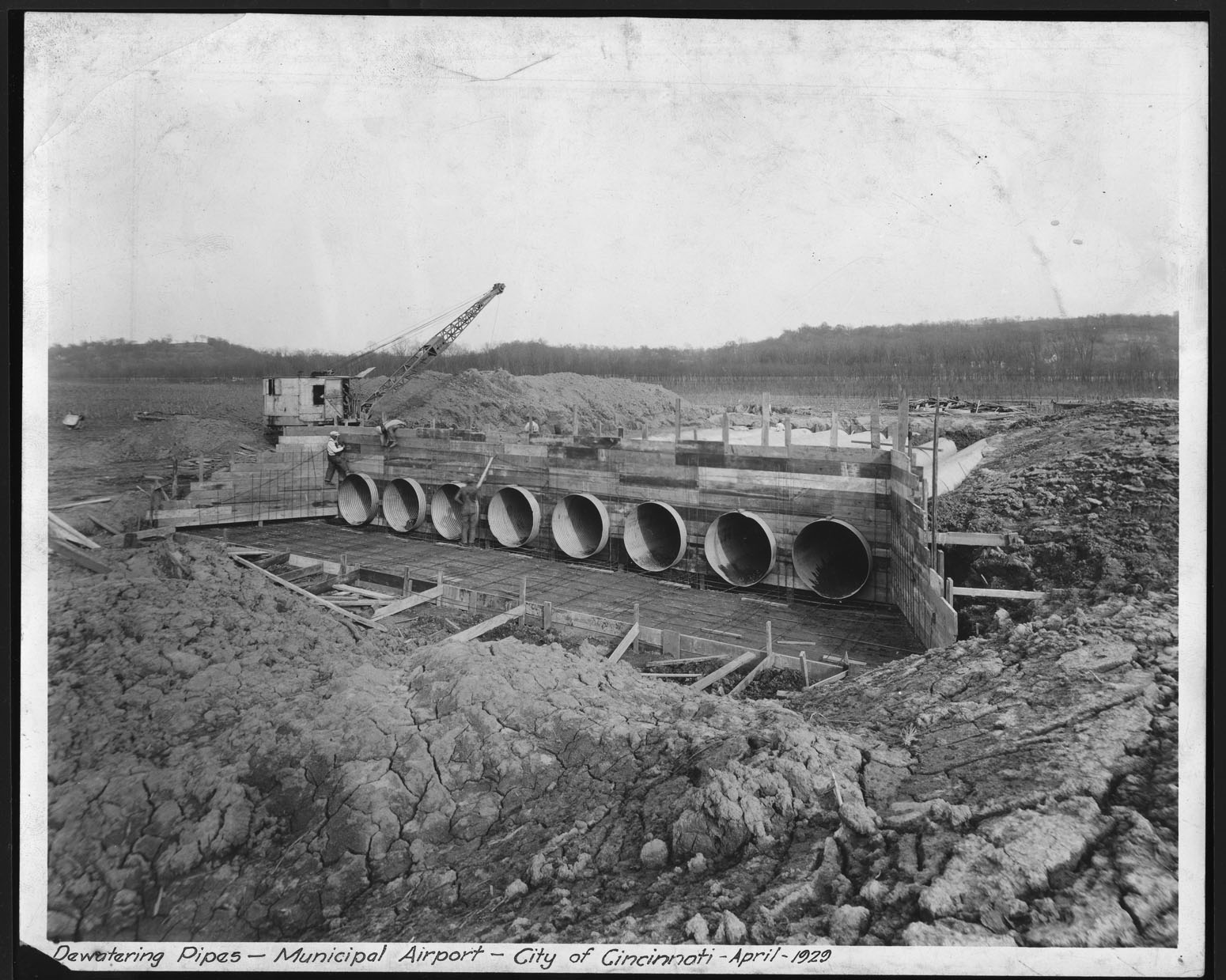 The University of Cincinnati Libraries have created a website and digital archive that provides access to the historic Cincinnati subway and street images, a collection of over 8,000 photographic negatives and prints taken as part of a failed subway development project in the 1920s, and photographs documenting various street projects from the 1930s through the 1950s.
The University of Cincinnati Libraries have created a website and digital archive that provides access to the historic Cincinnati subway and street images, a collection of over 8,000 photographic negatives and prints taken as part of a failed subway development project in the 1920s, and photographs documenting various street projects from the 1930s through the 1950s.